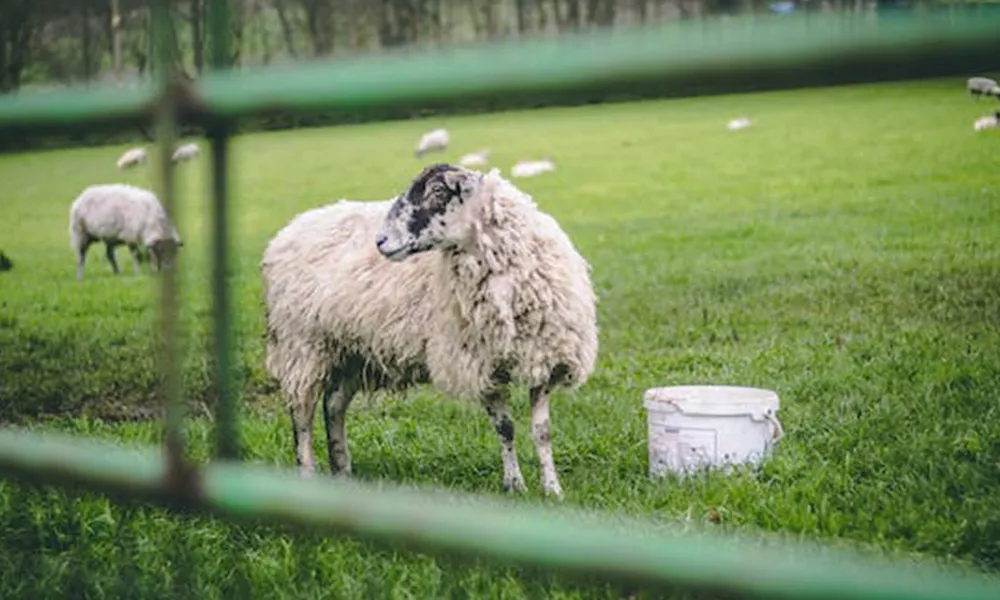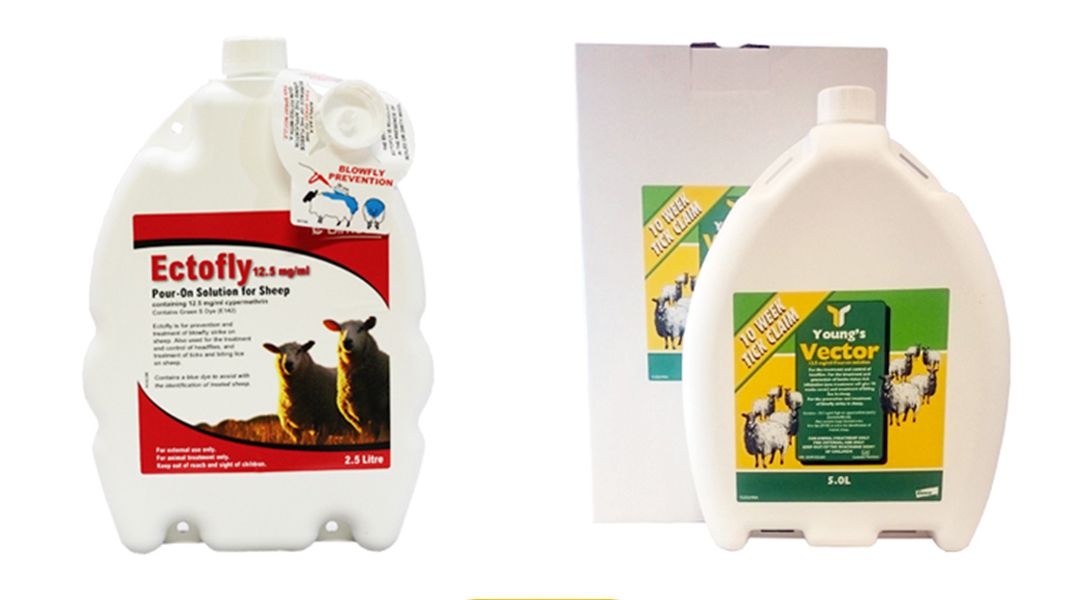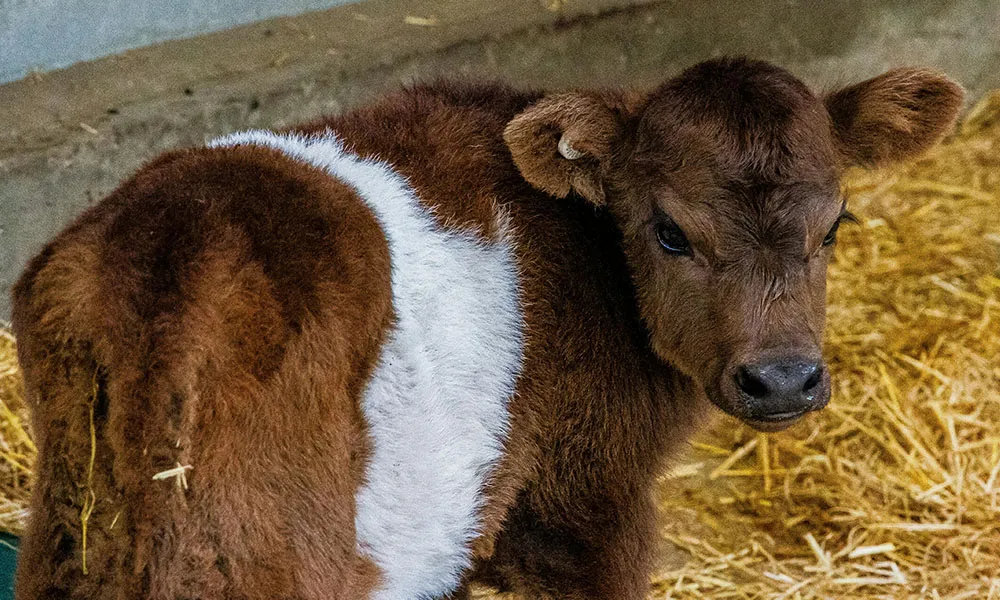
Sheep scab is a concern at all times of the year, but the autumn and winter months tend to be the highest risk periods. While scab is rarely fatal to sheep, containing and treating it are important in terms of animal welfare.
It is also worth bearing in mind that animals suffering from scab have higher mortality rates than those without it. Scab is particularly dangerous for young lambs.
What is scab?
In short, scab is a type of allergic dermatitis (disease of the skin). Sheep develop scab as a result of a reaction to the faeces of a common might called the Psoroptes ovis (or scab mite).
Diagnosis of scab in the flock is usually quite straightforward. You may notice one or more sheep scratching themselves against fence posts or gates, or straining to bite at the affected area. It is an extremely uncomfortable condition for the sheep, who may appear restless or agitated. In the earlier stages of disease, there may be noticeable patches of discolouration on the fleece.
However, as the condition worsens, wool will start to fall away, revealing scabby, scaly skin. You may notice skin lesions on the affected area, including papules and pustules, as well as some oozing and crusting. Itching may be so severe that the animal struggles take in adequate feed, resulting in weight loss and increased susceptibility to other diseases.
Psoroptes Ovis
Once the Psoroptes ovis mite is in your flock, it is likely to spread. For this reason, farmers are advised to notify the Department of Agriculture, Food and the Marine if they have a suspected case or cases. The department may be notified through the regional veterinary inspector.
The mite Psoroptes Ovis lives on the skin of the host, where the females lay their eggs. These eggs then hatch to become six-legged larvae. The life cycle, which takes the mite from egg to mature adult, takes approximately 2 weeks.
Controlling and Treating Scab
The mite can survive without a host for up to two and a half weeks. Therefore, it is important that sheds and pens used for sheep with scab are not given over to immediate use by unaffected sheep. The holding facility should be left empty for at least 16-18 days before scab-free sheep are introduced.
There are several effective treatments for scab on the market. Typically, farmers use either cypermethrin-based dips or anthelmintics such as ivermectin and moxidectin to kill Psoroptes ovis. A brief outline of some of the most effective treatments available on the market is provided in the paragraphs below. Before purchasing and using any of these products, however, it is important to consider which one is most appropriate for your farm by reading the manufacturer’s guidelines.
Cyper Guard
Cyper Guard is a cypermethrin-based dip that is highly effective at treating scab in sheep. It is a pale yellow, clear concentrate dip emulsion that, when added to water, disperses to create a clear microemulsion. Cyper Guard should be administered using a plunge dipping system.
Farmers should note that Cyper Guard’s withdrawal period for meat and offal is 14 days. Cyper Guard should not be used on sheep producing milk for human consumption.
Ectofly and Vector
Other solid choices for preventing blowfly strike are Ectofly and Vector. These are more general-purpose insect repellents, and are used for the treatment and control of ticks, lice and flies. They have a 7-day withdrawal period, making them ideal for use on factory lambs. Ectofly and Vector contain the active ingredient Cypermethrin. They should be applied using a purpose-designed pour-on gun.
Imec
In terms of injection treatment, any ivermectin product will serve. However, I am a great believer in Imec. This is a broad spectrum anti-parasitic that can be used on both cattle and sheep. Aside from treating mites, Imec will also control gastro-intestinal nematodes, lungworms, warbles, mange and lice.
Again, it is important to note that Imec should never be used in lactating animals. As with most Ivermectin-based products, there is a long withdrawal period of 49 days for meat and offal. This may make it a less attractive option than the cypermethrin products for many farmers.











